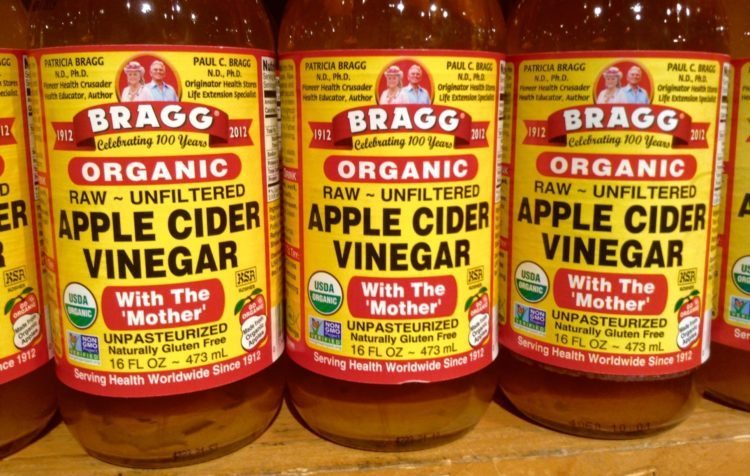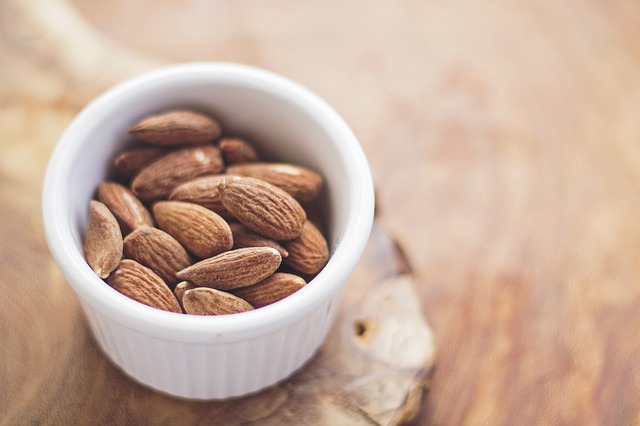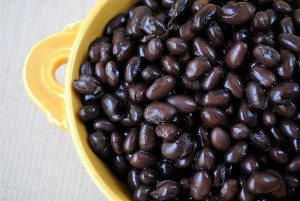7 Things You Can Eat To Reduce Your Midsection—It’s Easier Than You Think
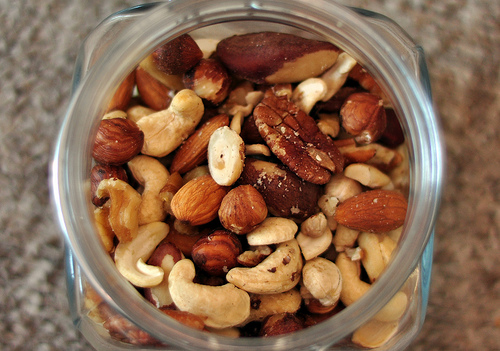
In the past, we’ve talked about the worst things for your midsection, and now we’re here to tell you about the best.
As we know, making a commitment to losing weight isn’t just about fitting into our “skinny jeans,” it’s about prioritizing our health. Aside from us simply not liking excess fat around our stomachs, it also can contribute to chronic illnesses. According to a study of 44,636 women, females with a 35-inch or larger waist were twice as likely to die from heart disease and cancer versus those with a waist size under 28 inches. You can check yours with a tape measure (make sure to measure just above your belly button).
Whether you are looking to shed some inches off your waistline or maintain the one you already have, here are seven foods that can help.
1. Yogurt
Yep, yogurt.
“The probiotic bacteria in most yogurts help keep your digestive system healthy, which translates into a lower incidence of gas, bloating, and constipation, which can keep your tummy looking flat,” Essential Nutrition For You’s Rania Batayneh told Shape. She recommends plain or Greek yogurt.
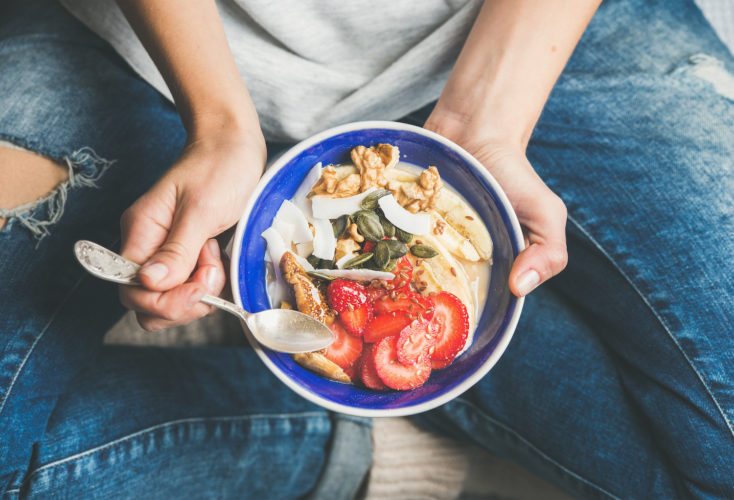
2. Apple Cider Vinegar
You’ve probably heard about some of the health benefits of apple cider vinegar.
I know some people who take a tablespoon of ACV when they wake up and others who add it to a cup of hot water in the morning and drink it as tea. They say that after the first few acidic days you get used to it.
“Some clinical research suggests that apple cider vinegar can help you burn fat, while other studies indicate that it can help suppress appetite,” according to Livestrong. “Either way, apple cider vinegar shows potential as a weight-loss aid, which can help you reduce your overall body fat.”
3. Almonds And Nuts
Nuts not only help fill you up waaaay more than that candy bar you’re eyeing, but they also help build muscle and are good for your heart. Plus, they have a lot of protein. Next time you’re out shopping, reach for the nuts instead of empty-calorie snacks.
4. Vegetables
Yes, this may be a no-brainer, but there are several health benefits to vegetables. They provide us with antioxidants, fiber, vitamins, potassium, phytonutrients, folic acid and more, plus they help lower blood pressure, cholesterol and reduce our belly fat.
Items like spinach and broccoli contain even more health benefits, which make them superfoods. USDA’s MyPlate recommends that you fill HALF your plate with vegetables and fruit.
Sound simple enough, right? Not only can veggies help our waistlines, but they also can help prevent chronic illnesses, like heart disease, cancer and stroke. You can even see how many vegetable servings you need per day, usually between one and four cups, by checking out this Healthy Eating Planner.
Some vegetables have FODMAPs, rapidly fermentable carbohydrates, which are NOT great for your middle area. Low-FODMAP produce, such as leafy greens, cucumbers, tomatoes and potatoes, is best.
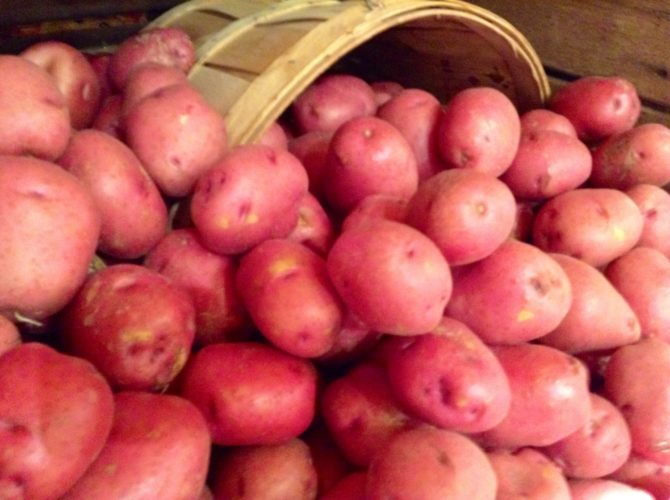
5. Whole Grains
I know you probably hear it all the time—that whole wheat bread is better for us than white—but it’s true. If you’re looking for flatter abs, switch out that white bread STAT.
Plus, throw in some brown rice and lentils, too, for good measure… and a slimmer waistline.
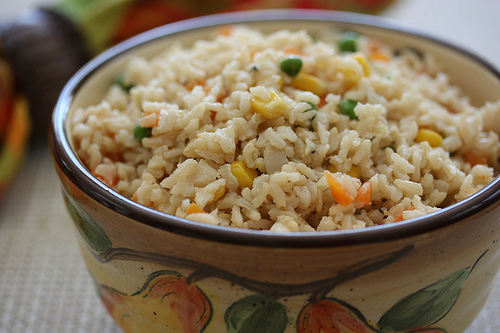


6. Beans
Beans not only help reduce belly fat and provide a good dose of protein, but they also help lower blood pressure and blood sugar, and reduce the risk of heart disease. So, get eating!
7. Fruit, Particularly Blueberries And Raspberries
Berries are high in fiber, which is great for your body and can help lead to weight loss, as it helps you feel full and satisfied.
According to the Mayo Clinic, women should eat at least 21 to 25 grams of fiber a day, while men should eat 30 to 38 grams a day. Eating just one cup of raspberries, for example, will provide 8 grams of fiber, or nearly a third of the daily recommended value.
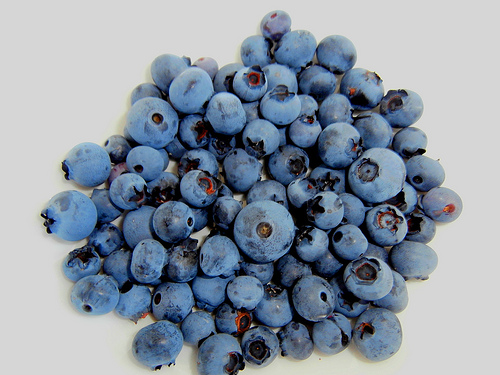


Colorado’s San Luis Valley is a potato-growing paradise. The magical combination of sunshine, pure mountain water, nutrient-rich soil and alpine freshness create the world’s best potatoes—employing the latest sustainable farming, handling and storage practices to make sure you enjoy the best tasting potatoes every time. Learn more about the valley, the people and Colorado San Luis Valley potato nutrition here.


